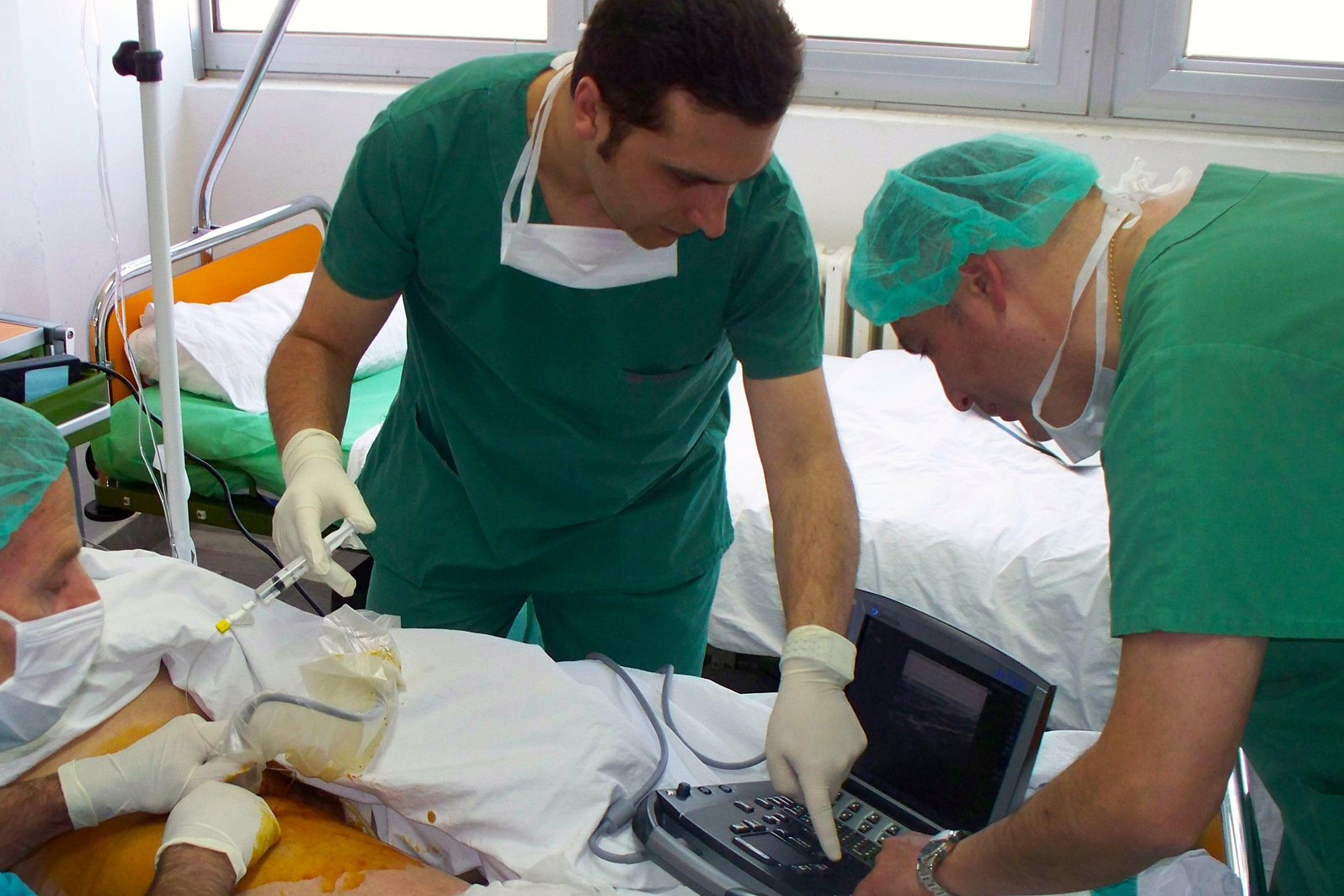Deep Needle Procedures: Abstract, Interview and Article

Promoting patient safety and increasing health care quality have dominated the health care landscape during the last 15 years. Health care regulators and payers are now tying patient safety outcomes and best practices to hospital reimbursement. Many health care leaders are searching for new technologies that not only make health care for patients safer but also reduce overall health care costs. New advances in ultrasonography have made this technology available to health care providers at the patient's bedside.





